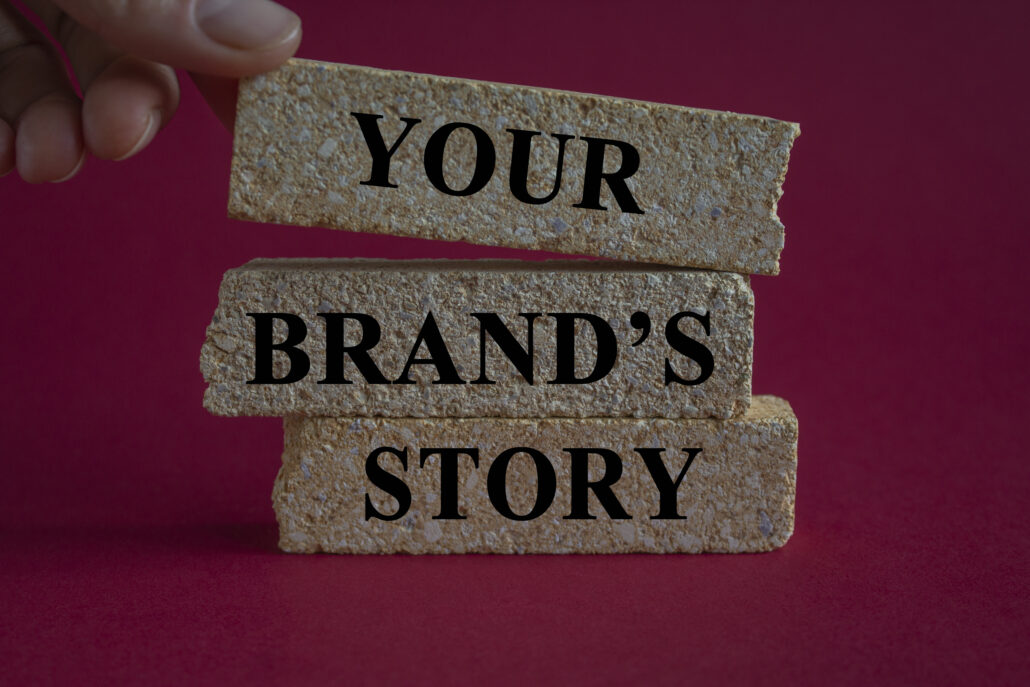Building a Strong Brand Identity: Tips and Tricks
In today’s crowded marketplace, a strong brand identity is more important than ever. It’s what sets you apart from the competition and creates a lasting impression on your target audience. But how do you go about building a brand identity that’s both memorable and meaningful?
Here are some tips and tricks to get you started:
- Know Yourself, Know Your Audience
- Self-Discovery: Before diving in, take a step back and define your brand’s core values, mission, and what makes you unique. What problems are you solving? What story do you want to tell?
- Target Audience: Who are you trying to reach? Understanding your ideal customer’s demographics, needs, and aspirations is crucial for crafting a message that resonates.
- Craft Your Brand Personality
Think of your brand as a person. What kind of personality would it have? Friendly and approachable? Trustworthy and reliable? Bold and innovative? Infuse your brand voice and communication style with this personality to create a connection with your audience.

- Design a Cohesive Look and Feel
- Visual Identity: Develop a logo, colour palette, and typography that are consistent and visually appealing. These elements should all reflect your brand personality and resonate with your target audience.
- Consistency is Key: Ensure consistency across all your platforms, from your website and social media to your packaging and marketing materials. This creates a sense of trust and familiarity.
- Embrace the Power of Storytelling
People connect with stories. Share your brand story, highlighting your mission, values, and the inspiration behind your brand. This helps build trust and emotional connections with your audience.

- Be Present and Engaged
These days, building a brand goes beyond traditional marketing. Actively engage with your audience on social media, respond to comments and messages, and participate in relevant online communities.
Bonus Tips:
- Employee Support: Empower your employees to become brand ambassadors. When your team genuinely believes in your brand, it shows!
- Stay Flexible: The market is constantly evolving. Be willing to adapt your brand identity over time to stay relevant and competitive.
- Monitor and Analyse: Track your brand mentions and sentiment online. This feedback helps you understand how your brand is perceived and allows you to make adjustments as needed.
Building a strong brand identity is an ongoing process, but with these tips and tricks, you can create a brand that stands out, resonates with your audience, and helps you achieve your business goals. Don’t forget, if you get stuck, our expert team is always here to help!
For a free virtual marketing ideas session with marketing experts, call us on 01962 600 147 or email info@tlc-business.co.uk

 1. Insights from the world’s best social entrepreneurs
1. Insights from the world’s best social entrepreneurs 1. Twitter ‘Buy Now’ button appears for the first time
1. Twitter ‘Buy Now’ button appears for the first time 1. Google’s UK sales chief: it is criminal for brands to avoid personalisation
1. Google’s UK sales chief: it is criminal for brands to avoid personalisation